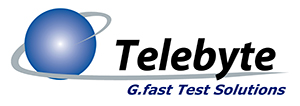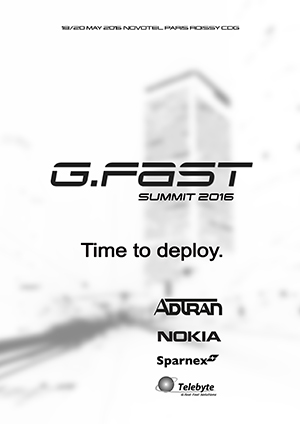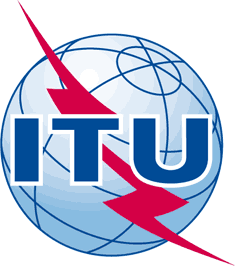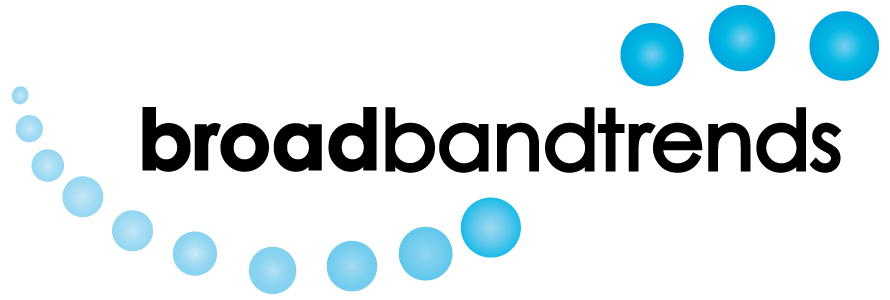TUTORIALS / WEDNESDAY 18 MAY 2016
09.30 An Introduction to G.fast in Depth
14.00 ITU-T Tutorial
| Every telco needs to consider G.fast. Speeds of 300-800 megabits are practical, but only from fiber to the basement or over loops less than ~400 meters. Where fiber is in place, the upgrade cost is usually less than two months revenue. G.fast uses higher frequencies for much greater speeds than other forms of DSL, generally up to 106 MHz. (ADSL originally used 2 MHz, VDSL is 17-35 MHz). |
||
| 09.30 | Covering the different line coding, the role of vectoring, notching, efficiency improvements, upstream vs. downstream splits, reverse power and more key technical aspects. Reviewing how DOCSIS 3.1 takes cable to over a gigabit both upstream and down, as well as the current state of the art in fiber. Describing the choices the competition is making, region by region. When and where: discussing region by region the plans of each major carrier. |
|
| 10.30 | COFFEE BREAK | |
| 11.00 | Practical advice on how to successfully deploy, gathered from the field and the manufacturers: focusing on what a deployment team needs to know. Fiber all the way home? Vectored VDSL and Super VDSL? G.fast? The factors influencing choices in Britain (mostly G.fast), Germany (Mostly vectored), France Telecom & Telefonica (mostly fiber.) The future: discussing how the true gigabit soon will be delivered with bonding, better noise control, more signal bits and other techniques. Going forward: A glimpse at 212 MHz requirements, non-linear precoding, full duplex systems and more. |
|
 Presented by Dave Burstein and special guests to be announced |
| 12.00 | LUNCH |
| The ITU-T G.fast standard (G.9970, G.9971) specifies the physical layer for transmission of up to one Gigabit-per-second over copper wires with signals transmitted up to 106 MHz. G.fast operates on copper wires to the customer premises and within the premises from a fiber-fed serving node that may be within the building or nearby. Transmission of a few hundred Mbits/s is supported on loops up to 400m. G.fast is designed to make self-installation of the equipment easy for the customer. | ||
| 14.00 | Forward error control and retransmission | |
| OLR and FRA (fast rate adaptation) | ||
| Discontinuous operation to reduce power consumption | ||
| Vectoring to remove far-end crosstalk | ||
| Adjustable ratio of the bit-rates in upstream and downstream directions and dynamic bandwidth allocation | ||
| 15.00 | COFFEE BREAK | |
| 15.30 | Control of frequency range, PSD, notching (8dBm/14bit/212MHz profile) | |
| Management and diagnostic functions | ||
| Protocol adaptation, data transmission units | ||
| Low power and link states | ||
| Rate vs. reach performance | ||
| Current status of implementation and trials | ||
| High crosstalk in cables and non linear precoding | ||
| What is next for G.fast | ||
 Presented by Hubert Mariotte Orange |
| 16.00 | END OF THE TUTORIALS |
Platinum sponsor 2016

Silver sponsor 2016
![]()
Official sponsors 2016


FULL AGENDA 2016

Event Partner

Endorsed by
![]()

Media Partner





